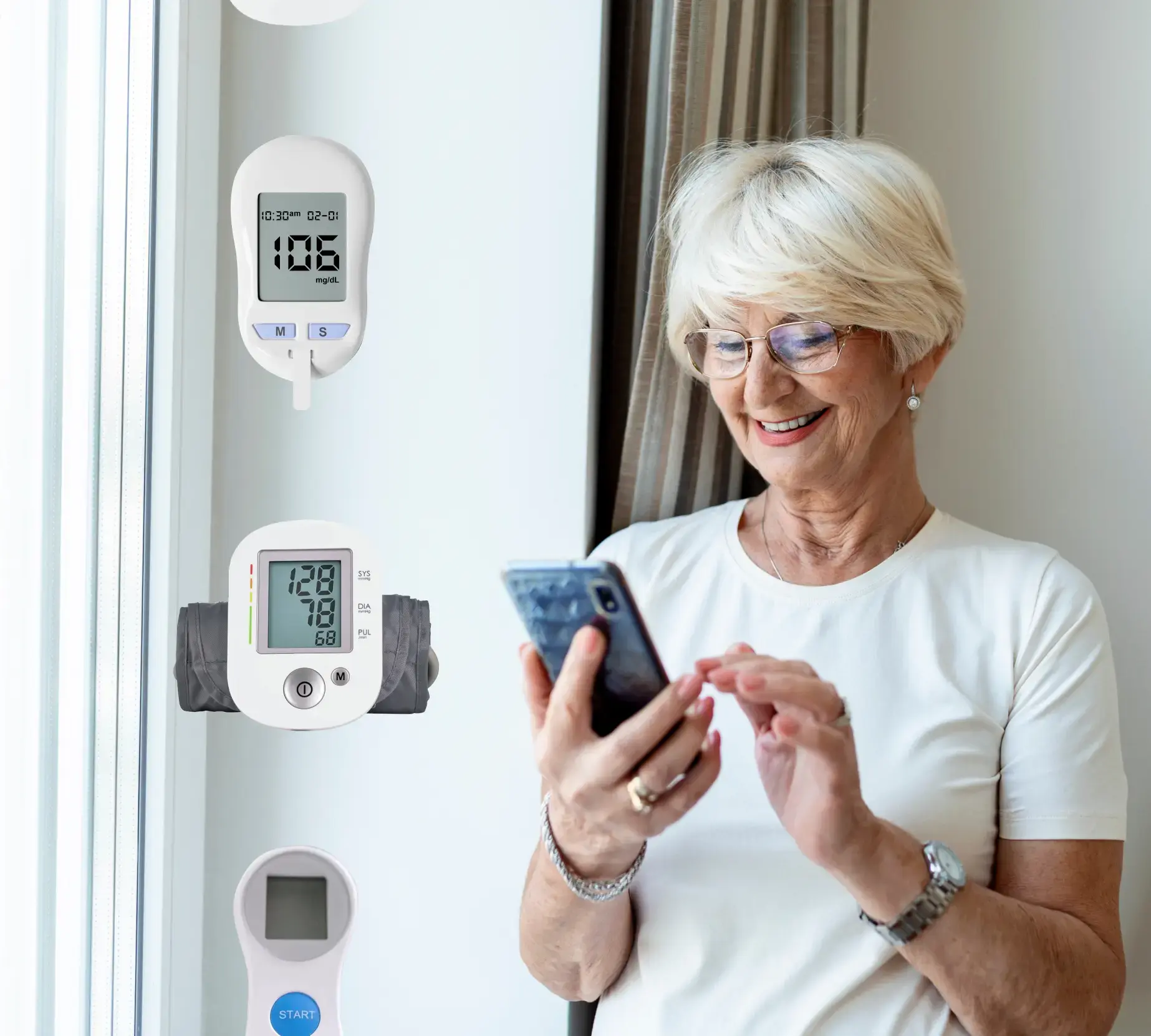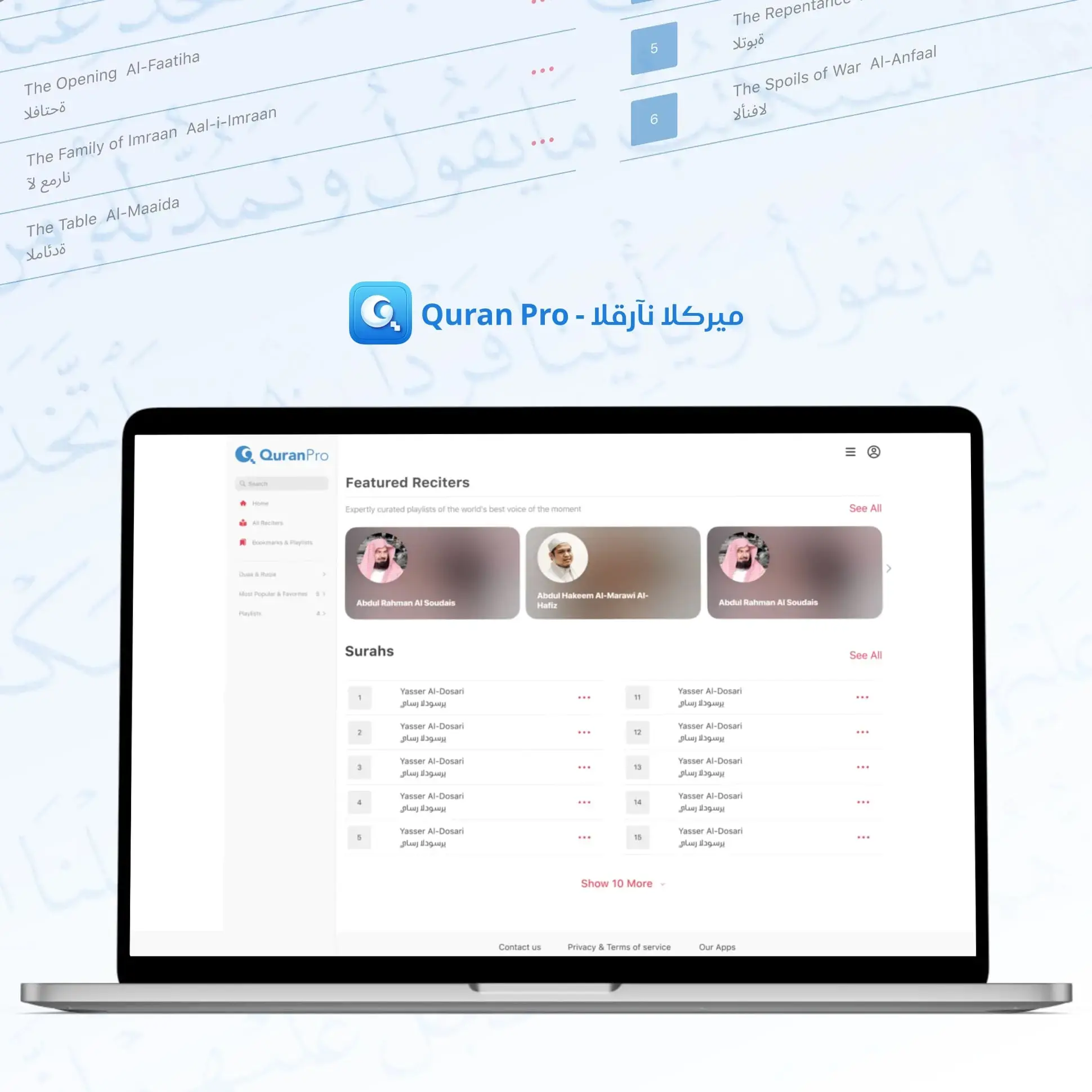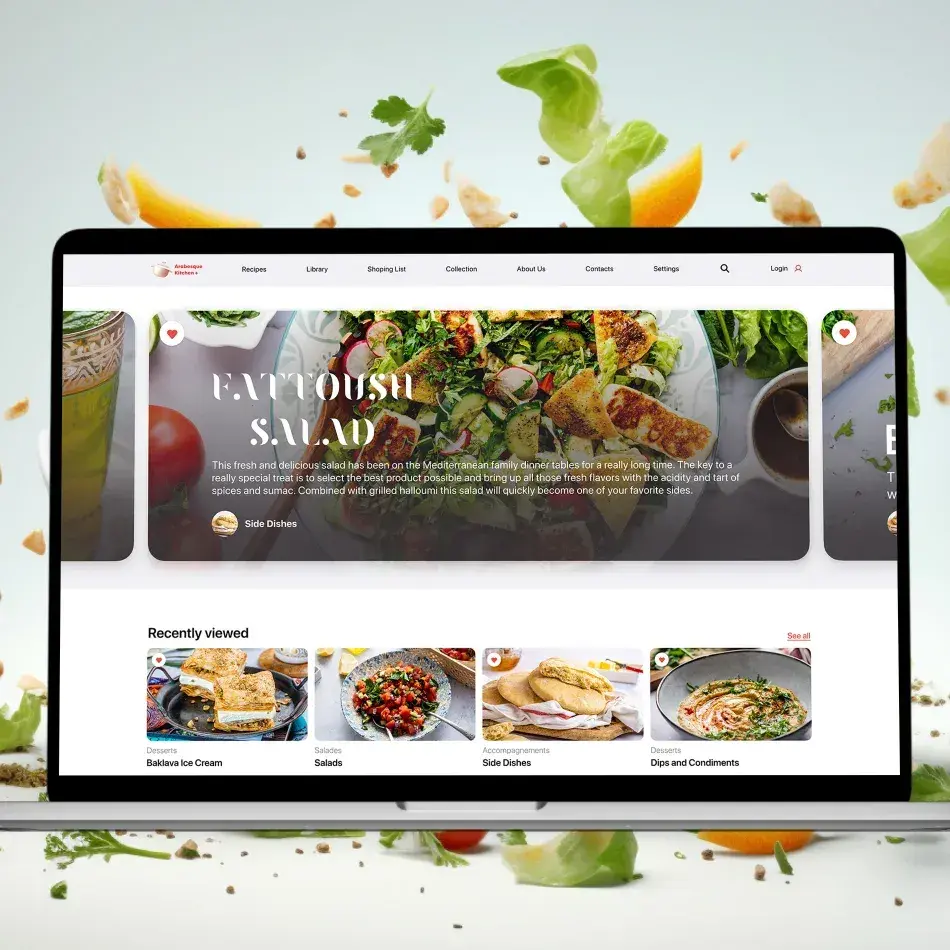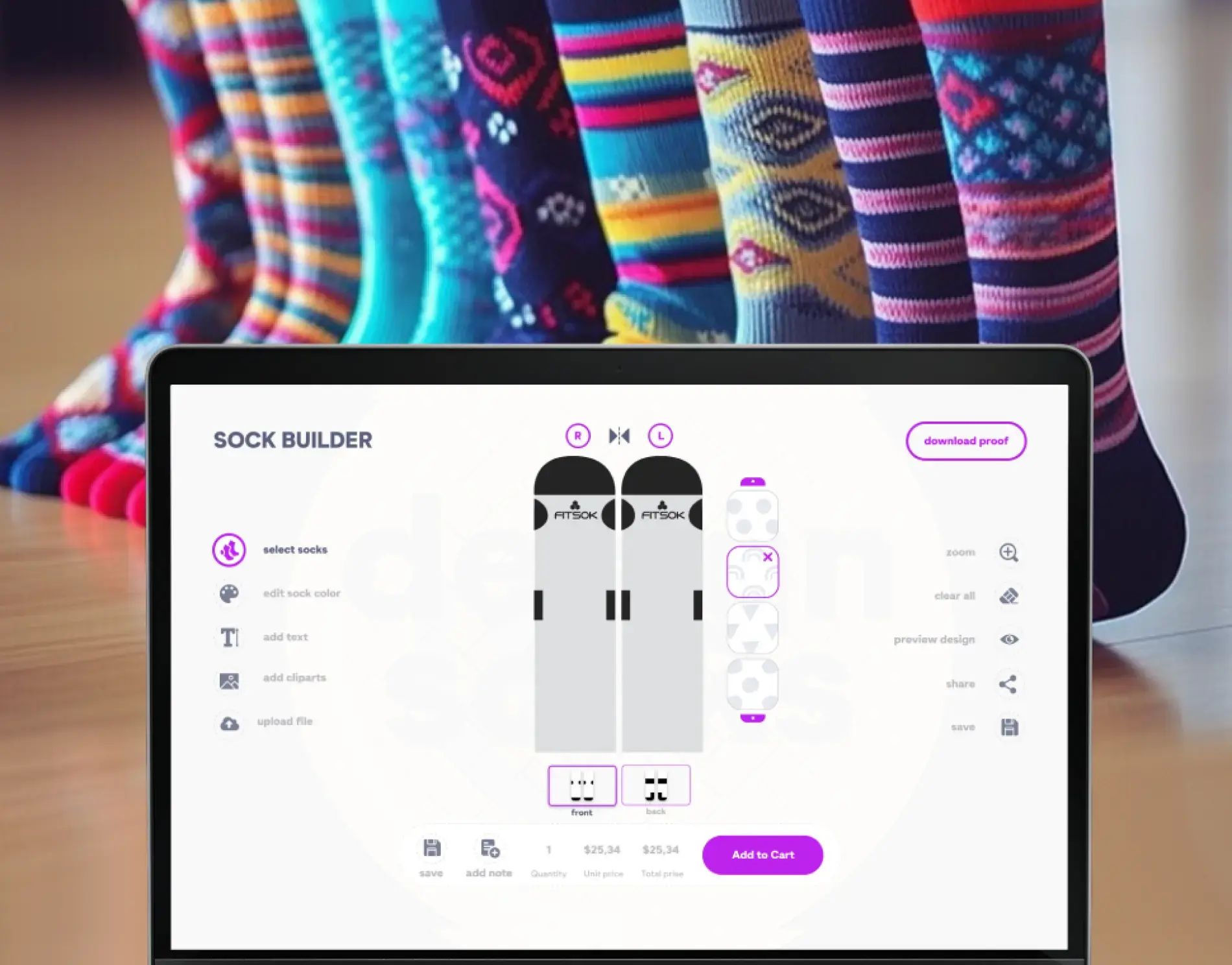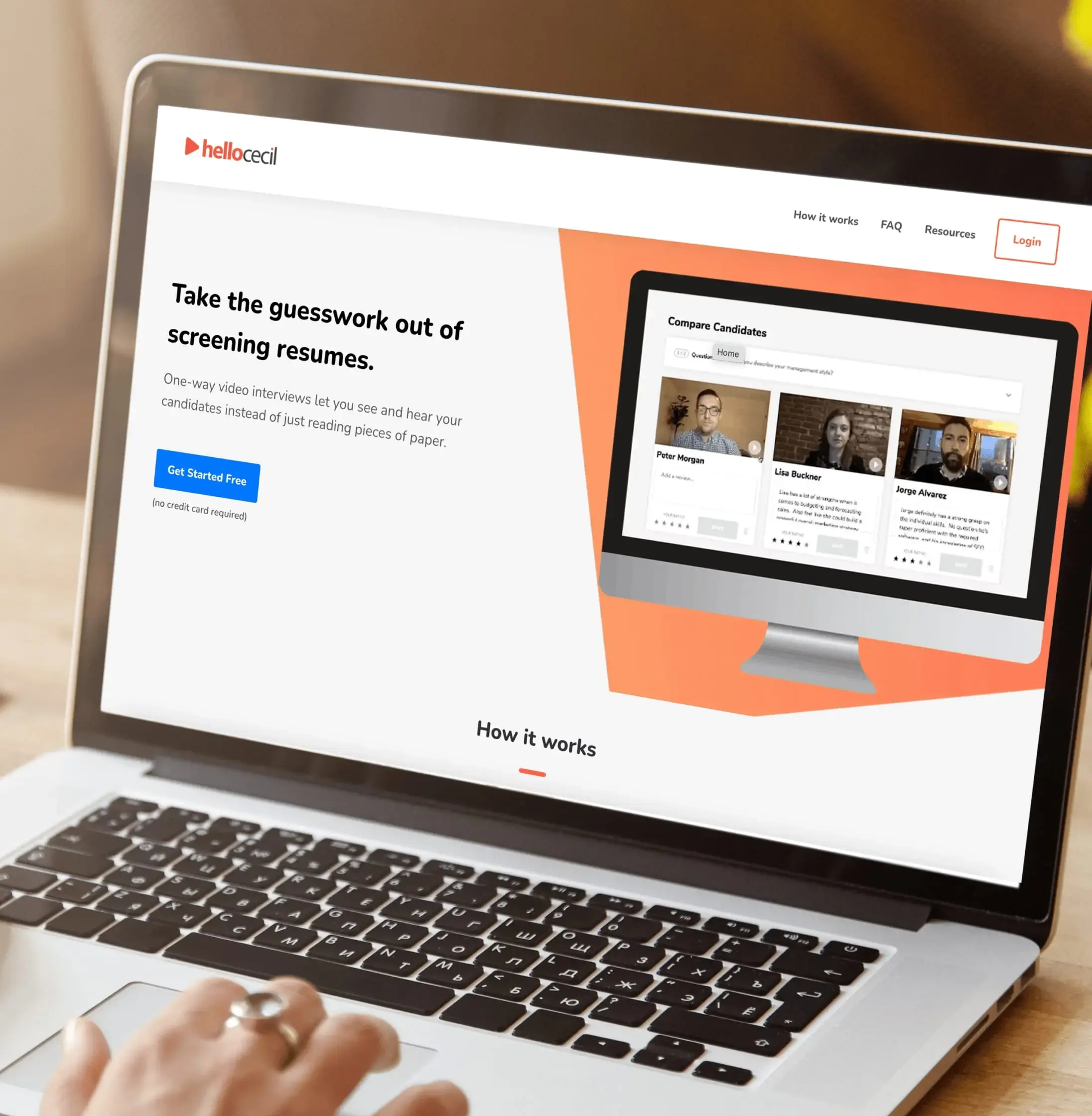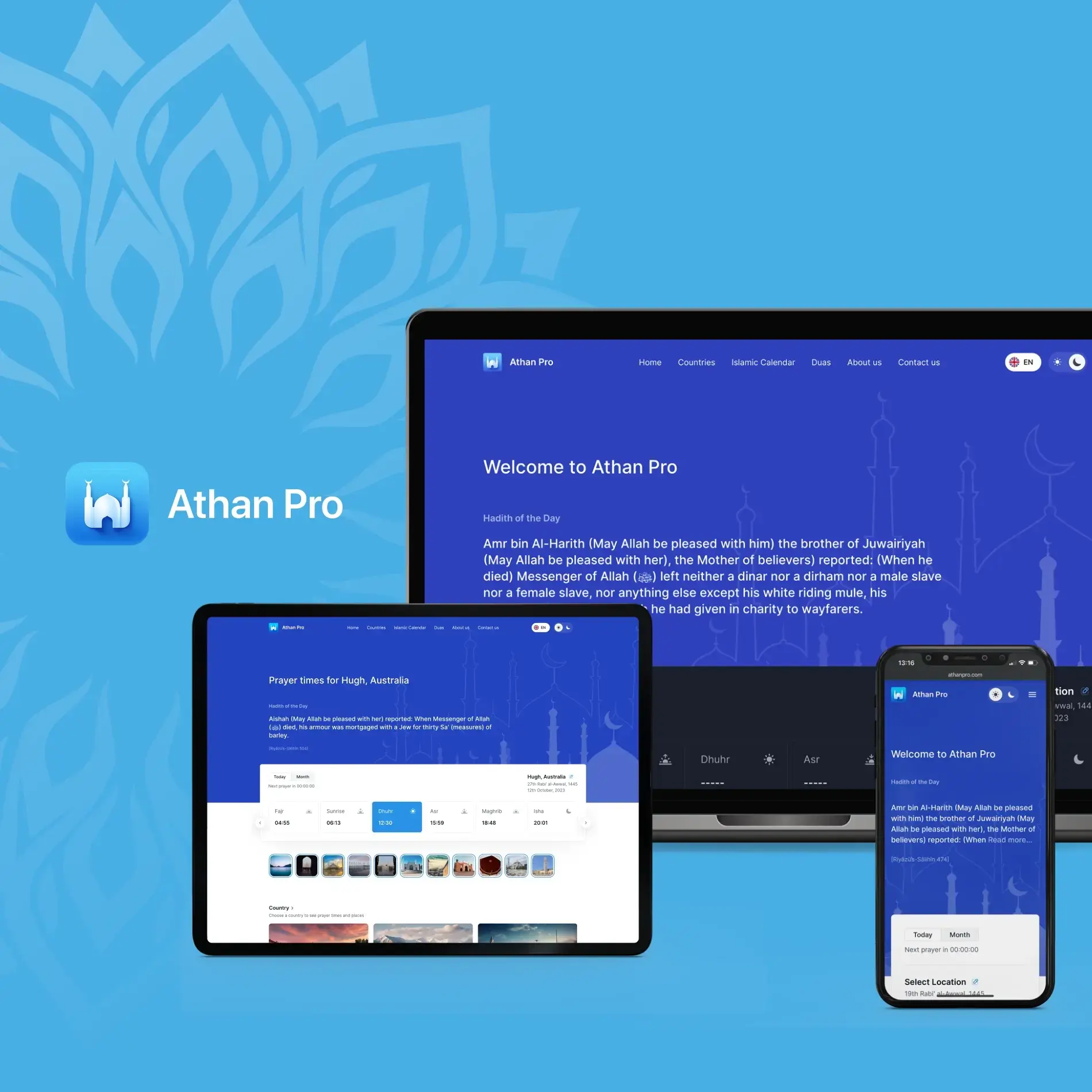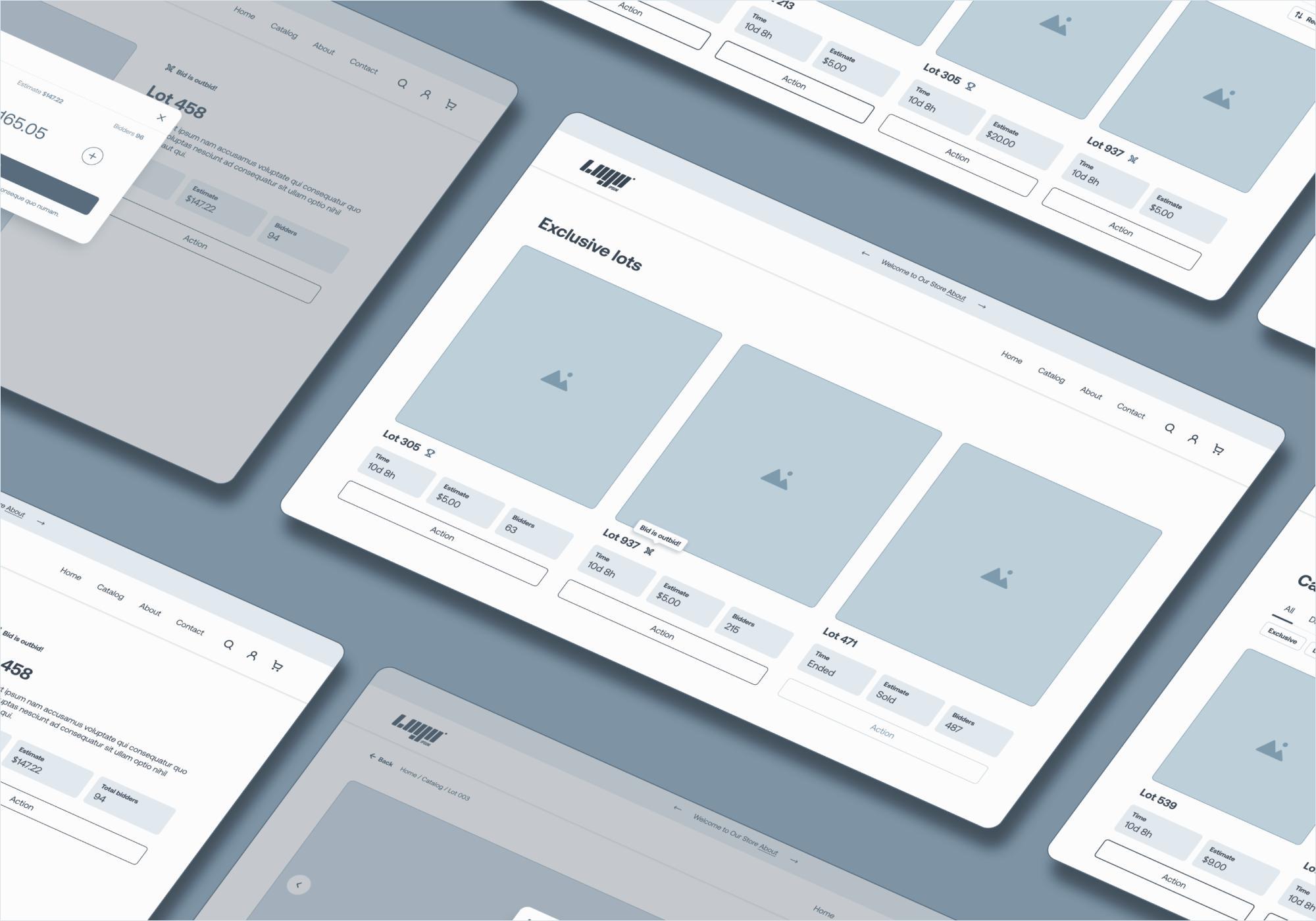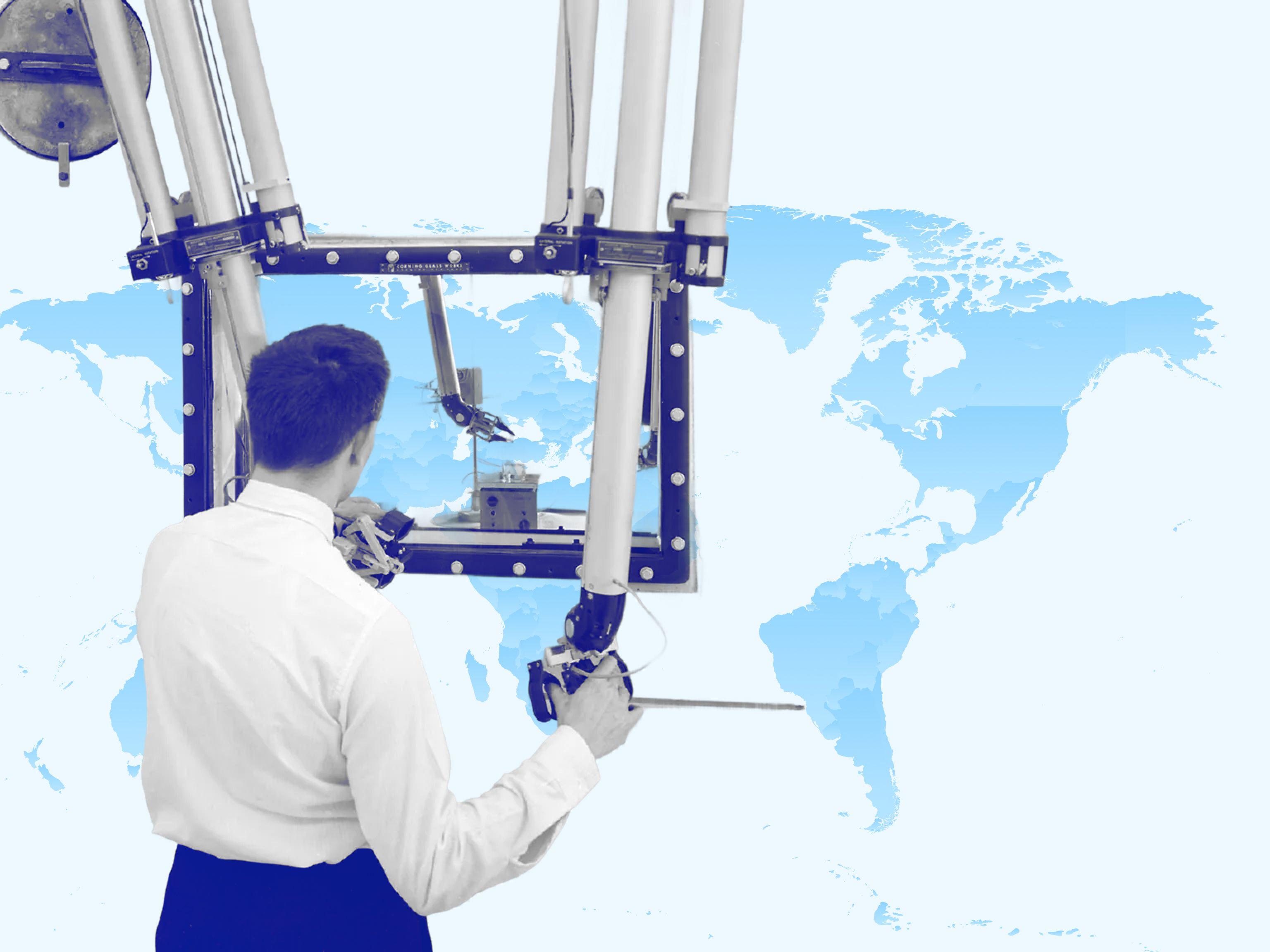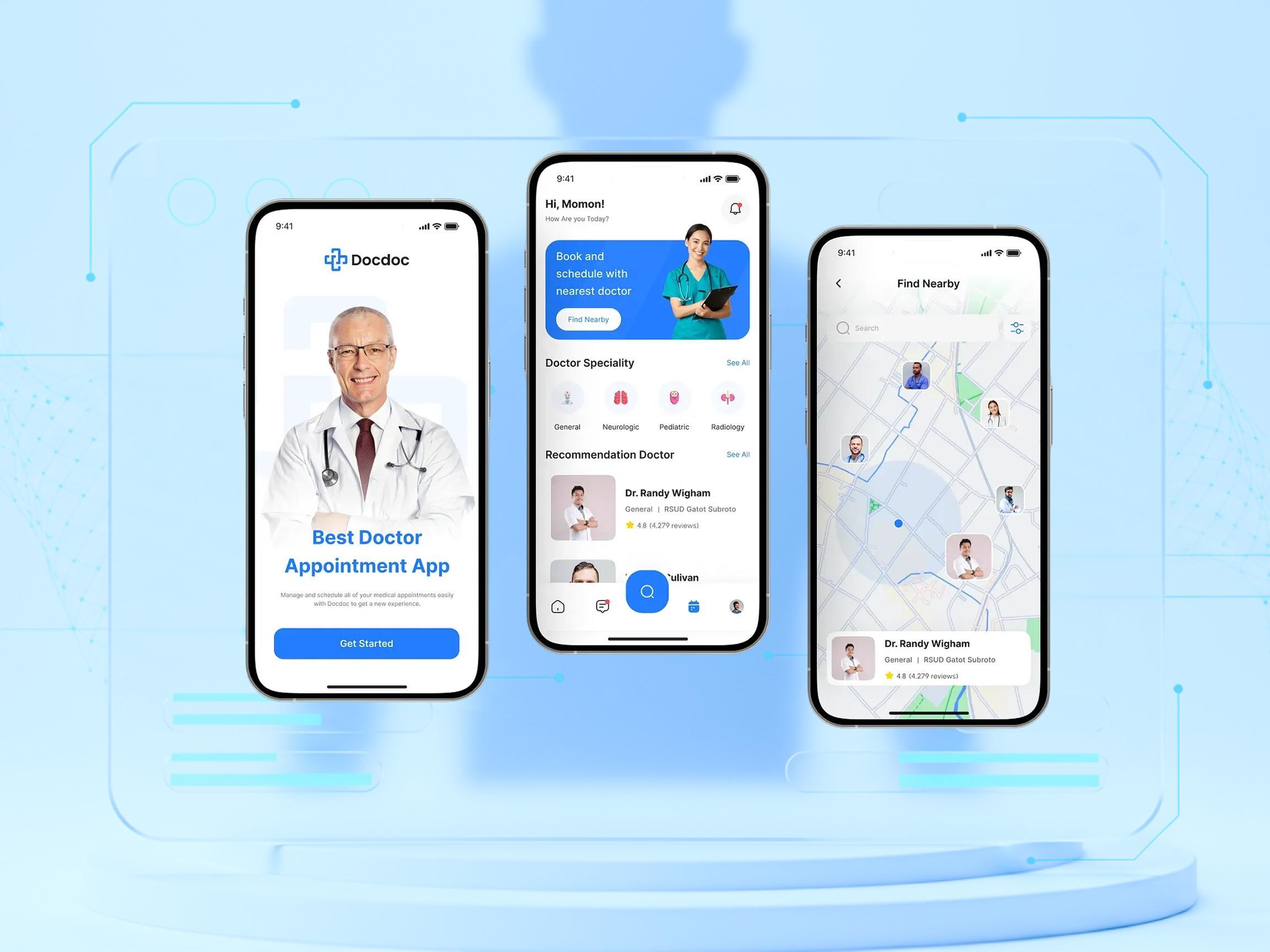
- App Development
- Healthcare Software
Healthcare Mobile App Development in 2025: The Ultimate Guide
Explore market trends, benefits, features, pricing, and cost-saving tips to build your healthcare app.
February 8, 2024 | Updated on November 24, 2025 | 8 min

Alex Padalka
CEO and Co-founder at JetBase
Table of Contents
- Understanding Mobile Health App Development
- Health Apps: A Quick Primer
- Types of Healthcare Apps by Purpose
- Real-Life Success Stories of Healthcare Applications
- Core Uses of Healthcare Apps
- The Value of Health Apps for Patients and Doctors
- Emerging Technologies and Essential Features
- How to Monetize Your Health App
- Stages of Healthcare App Creation
- Health App Development Costs
- Trends in Healthcare Mobile App Development
- Partner with JetBase for a Powerful Healthcare App
- FAQ
Our Cases
Innovation isn’t just about ideas - it’s about execution, turning vision into reality, and creating solutions that truly make an impact. See what we’ve built and how it works:
- HealthCare
- Media & Entertainment
- eCommerce
- Amazon Web Services
- Cloud Cost Optimization
- Serverless Application
- Retail
- HealthCare
- Media & Entertainment
- eCommerce
- Amazon Web Services
- Cloud Cost Optimization
- Serverless Application
- Retail

